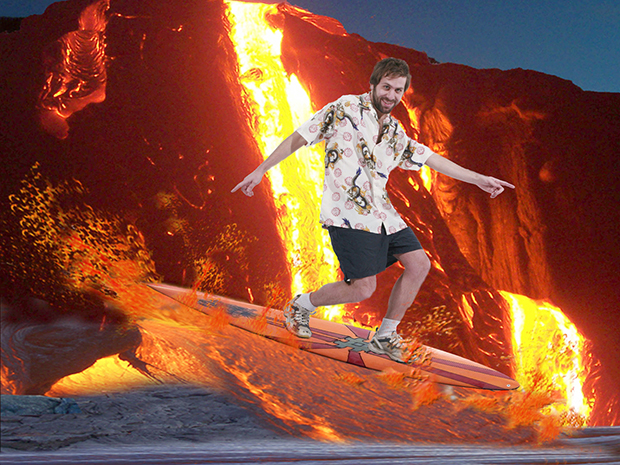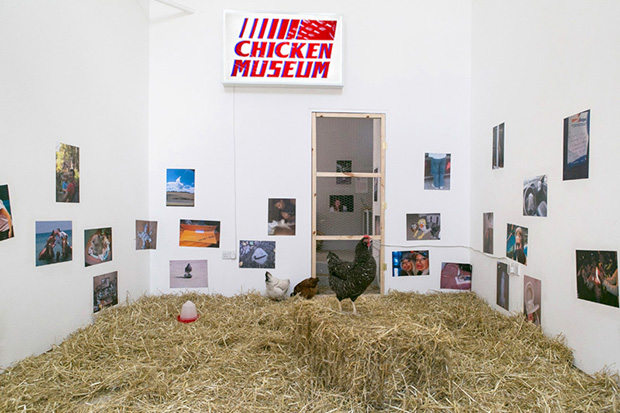
The quiet rise of the photo fair photographer
The Photography Book author Ian Jeffrey on the artists who get ahead by working the circuit
Ian Jeffrey, the author of our newly updated edition of The Photography Book, believes the photographic medium usually suits single-minded artists. As he explained in this earlier piece, “you want someone capable of long periods of concentration, who doesn’t emerge for days on end. Those are the big talents of the moment.” Yet the author also singles out another, very different type of artist, well suited to the age of the biennial and photo fair.
“There are a lot of what you might call circuit photographers,” explains Jeffrey. “They’re like vaudeville photographers, practicing photography in a short-term way, almost as a sort of performance art.”
Jeffrey singles out Thomas Mailaender as an example of this kind of photographer, who puts on a show, rather than presenting a simple, unmediated set of photographic images. “Mailaender often works with [Dutch photo curator] Erik Kessels,” explains Jeffrey. “They tour the world, visiting the big photo festivals. They give talks dressed in strange outfits, and develop reputations for doing extraordinary things, like tearing photographs up or eating them. They’re acts,” our author goes on, “they vary from season to season, and location, from Aix-en-Provence to Milan to wherever the next show is.”

So, how should we appreciate this sort of output? Well, while these works might not have the staying power of work by say René Burri or perhaps Edward Steichen, they still bring something new to the medium. In a reversal of the role photography plays in the case of performance art, whereby snapping a picture of a performance validates the fact that it actually took place, the circuit photographer converts still images back into an insubstantial, social form - the anecdote. “It’s short-term work,” says Jeffrey, “a lot of it is intangible; you don’t get fixed materials from them, you get stories, narratives from them.”
For a richer understanding of photography through the ages order a copy of The Photography Book here. And you might also like to check out our series Photos that changed the world, based on the photos in the book.